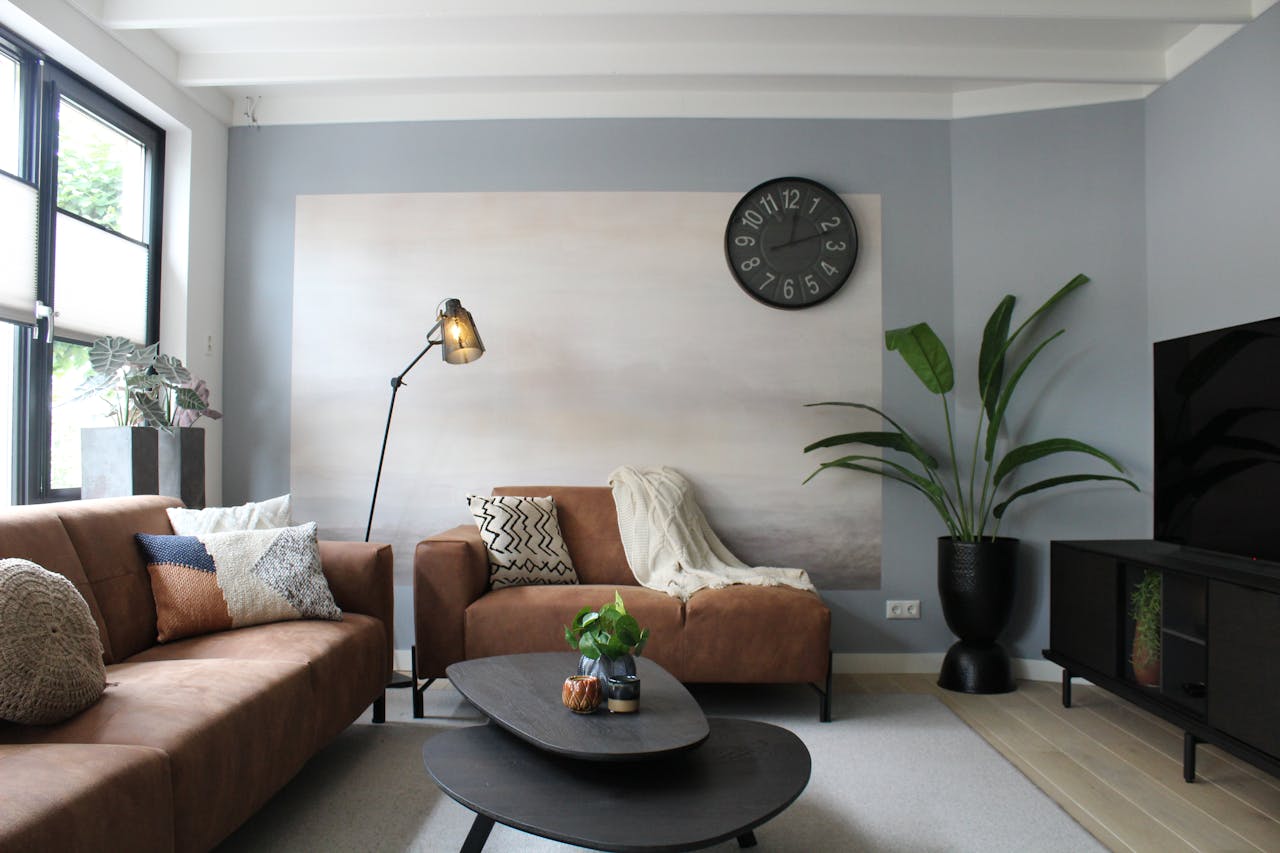Stress does not politely wait outside the front door. It rides in with headlines, deadlines, and daily logistics until rooms feel louder than they look. A home that truly helps people recover starts with the senses, not with another decor trend. Softer light, better air, calmer sound, kinder textures, and small rituals can shift an ordinary layout into a quiet ally. Each change stays realistic, grounded, gentle, and consistently aimed at turning everyday spaces into places that give something back.
Soft Layered Lighting
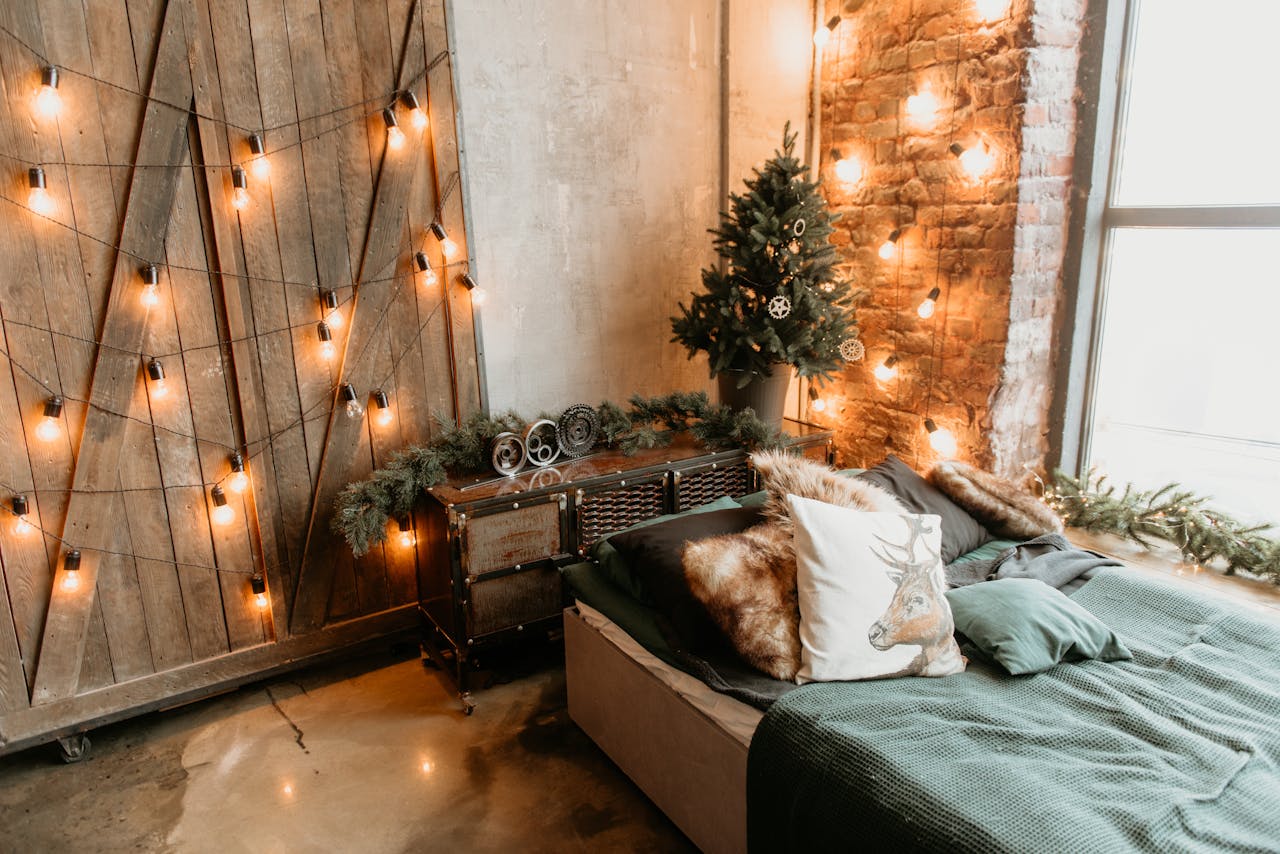
Layered lighting calms the body faster than a single harsh ceiling bulb. Warm white lamps, dimmers, string lights, and low wall fixtures create pockets of softness where evenings unfold without strain. When light drops gradually, screens feel less aggressive, voices lower, and small routines like reading or cooking shift into slower gear. Even a few swapped bulbs and one solid floor lamp can reset the emotional temperature of an entire room for everyone.
Calming Scent Rituals

Scent works directly on memory and mood, so small rituals matter. A quiet diffuser with natural oils, a beeswax candle, or a simmer pot of citrus and herbs can mark the shift from work mode to rest without feeling heavy. Choosing one or two consistent scents in key spaces teaches the brain that this air means safety and softness. Over time, those cues help shoulders drop within minutes of stepping inside. It is a simple layer of care that costs little and quietly rewires the way home feels at the end of difficult days.
Soundscapes And Quiet Zones

Sound decides whether a home feels kind or exhausting. Thick curtains, bookshelves, rugs, and upholstered seating absorb echoes that keep the nervous system on edge. A small speaker with low instrumental music or nature sounds near busy zones can mask traffic without dominating conversations, while one tucked-away corner stays intentionally quiet. That balance gives every person a place to land, whether they need soft noise or real stillness. Over time, the house stops humming like an airport gate and starts sounding more like a place meant for recovery.
Tactile Textures That Ground The Body
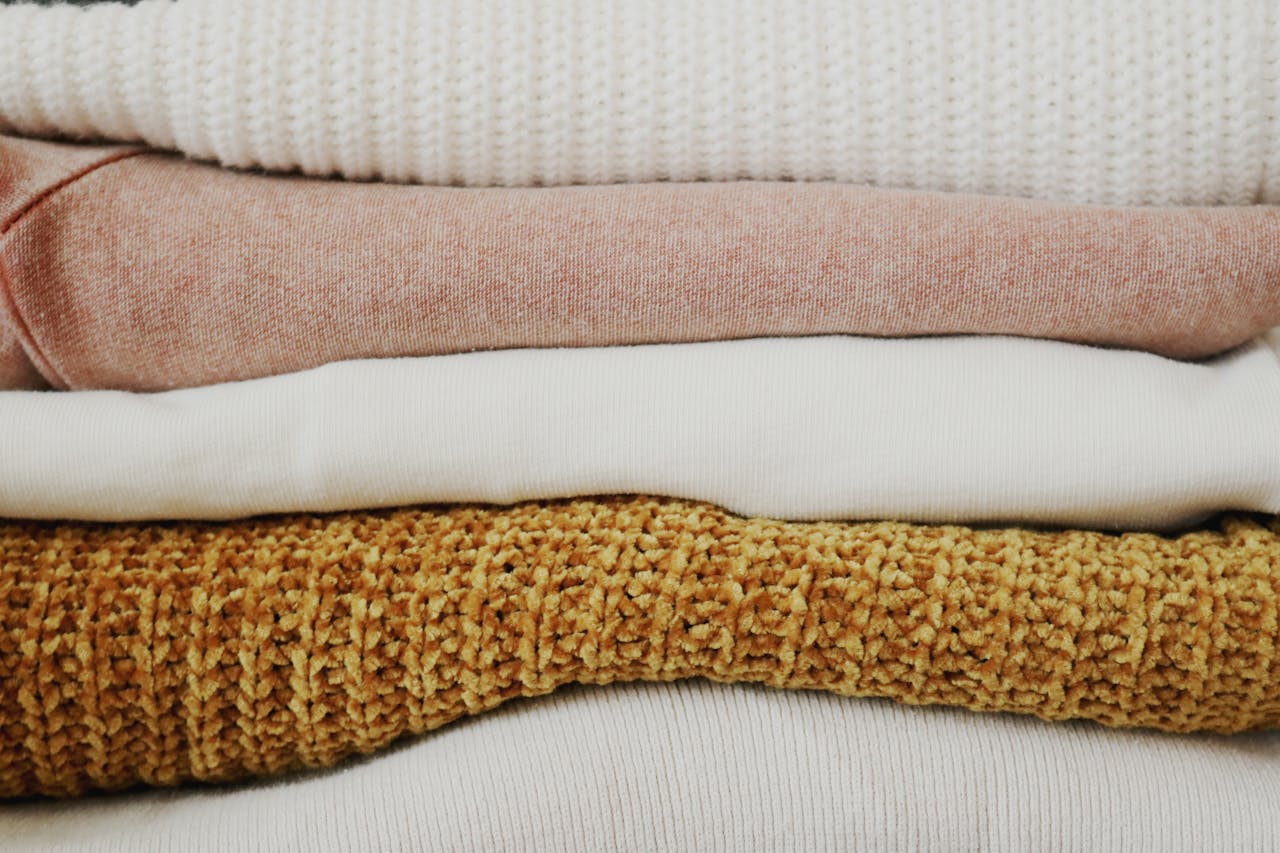
Touch is often the first signal that a room is safe. Natural fibers, smooth wood, stone, linen, and cotton feel grounded where scratchy throws or slick plastics create tiny spikes of irritation. A dense rug under a desk, a weighty knit on the sofa, or a solid wooden armrest gives hands and feet reliable feedback. Those textures tell the body it can stop bracing, turning everyday seating into a steady exhale instead of a perch. Even a single well-chosen textile can change how long someone comfortably stays in one spot.
Temperature, Air, And Breathable Bedding

Comfort depends on air more than paint. A mix of breathable cotton or linen bedding, a quiet fan, regular window airing, and basic filters can transform a bedroom from stuffy to restorative. Managing humidity and dust helps with sleep quality and morning clarity in ways most notice quickly. When temperature, airflow, and bedding cooperate, bodies spend less effort fighting the room and more on real rest. That invisible support often does more for stress relief than any new piece of furniture could.
Greenery And Natural Materials Indoors
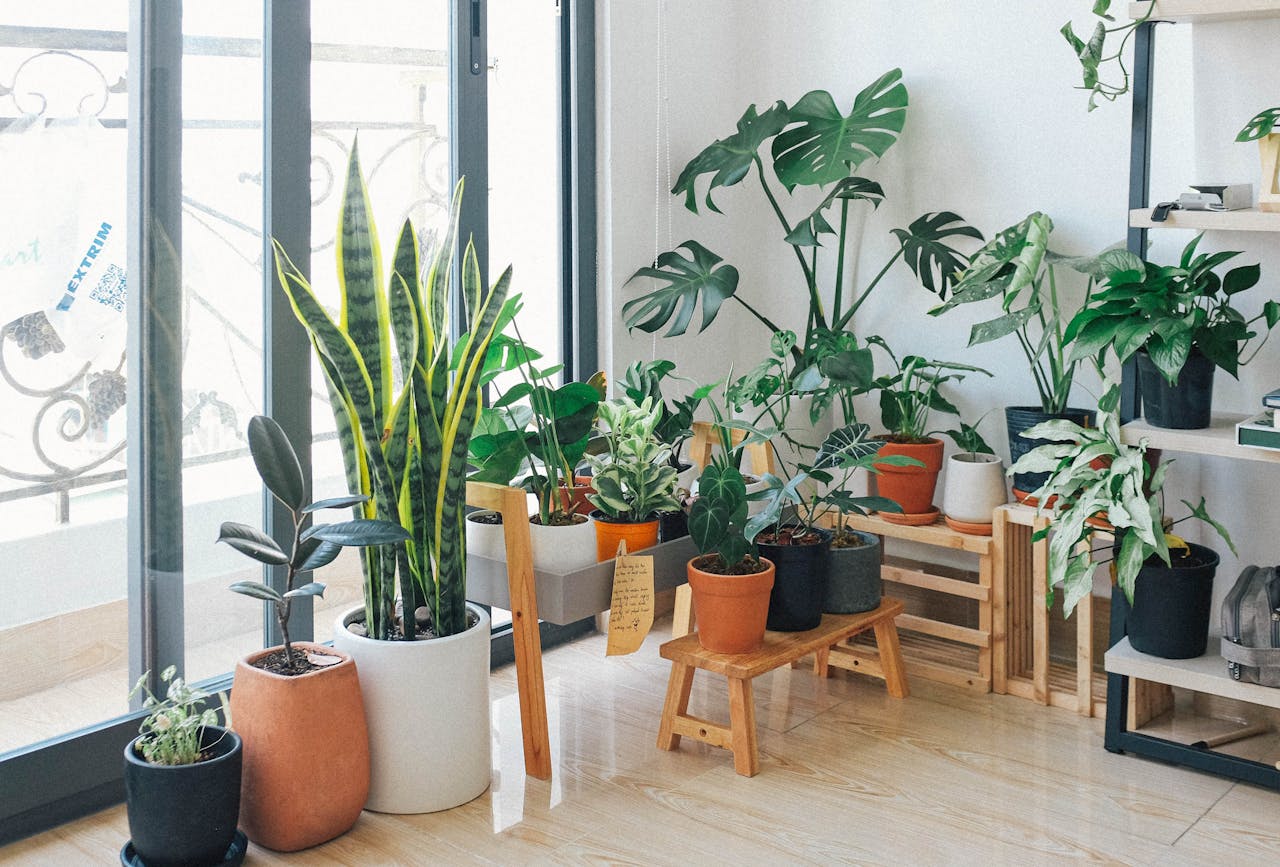
Plants and natural materials shift a room’s attitude without much drama. A cluster of hardy greens near a window, herbs in the kitchen, or a single tall branch in a vase adds color, motion, and a sense of care. Wood tables, clay pots, paper shades, and stone trays echo that grounded feeling. Together they soften hard lines from screens and appliances, reminding everyone inside that the living world still exists and is welcome. Even in small spaces, that hint of nature steadies the eye and slows the breath.
Water Moments In Everyday Spaces
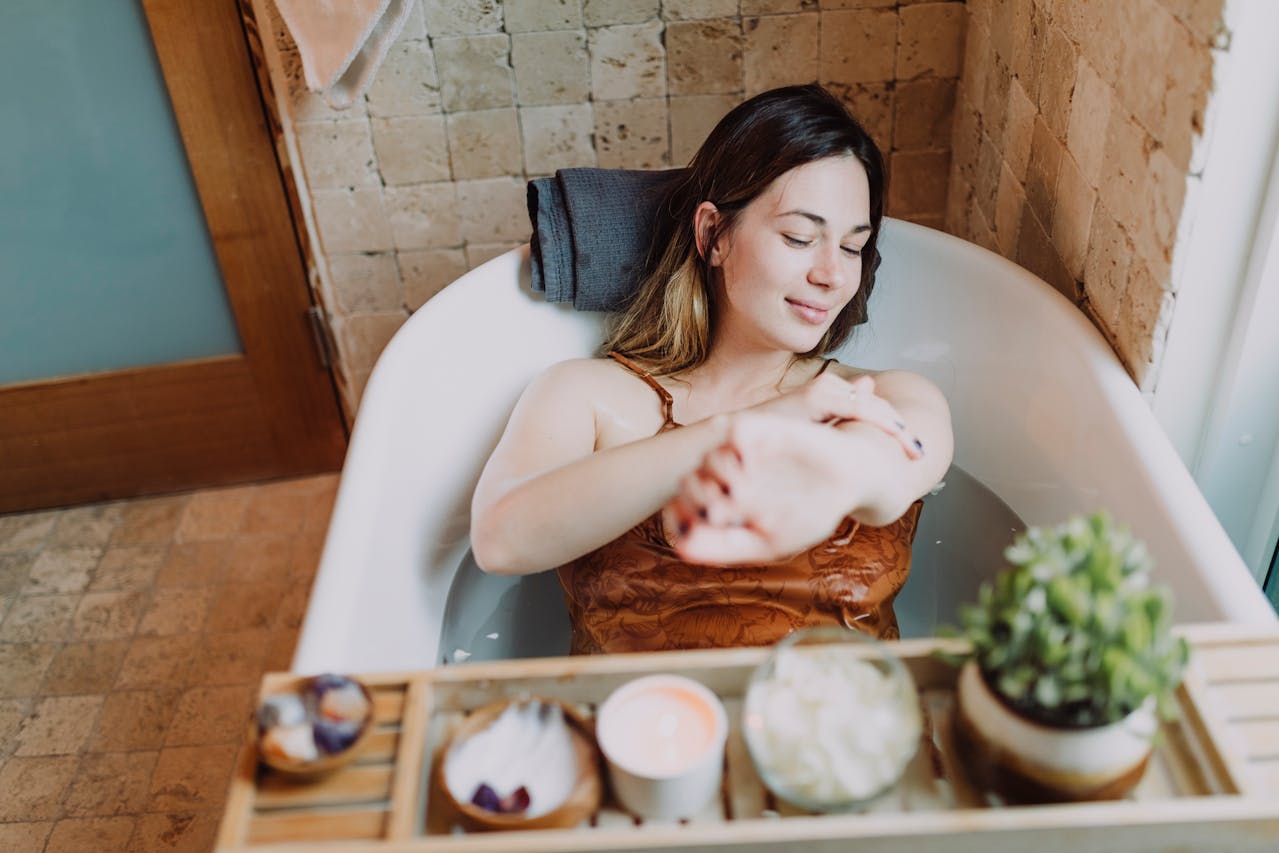
Water has a built in calming effect when rooms make space for it. A warm shower with dimmer lighting, a simple soaking tub with one sturdy tray, or a small tabletop fountain near a reading chair can anchor a daily pause. The sound and feel of water pull attention out of loops of worry. Treated as a consistent ritual, not a rare indulgence, it becomes a reliable pressure valve in the flow of the week. Even a five minute rinse framed intentionally can reset energy more effectively than another scroll through a screen.
The Restoration Nook
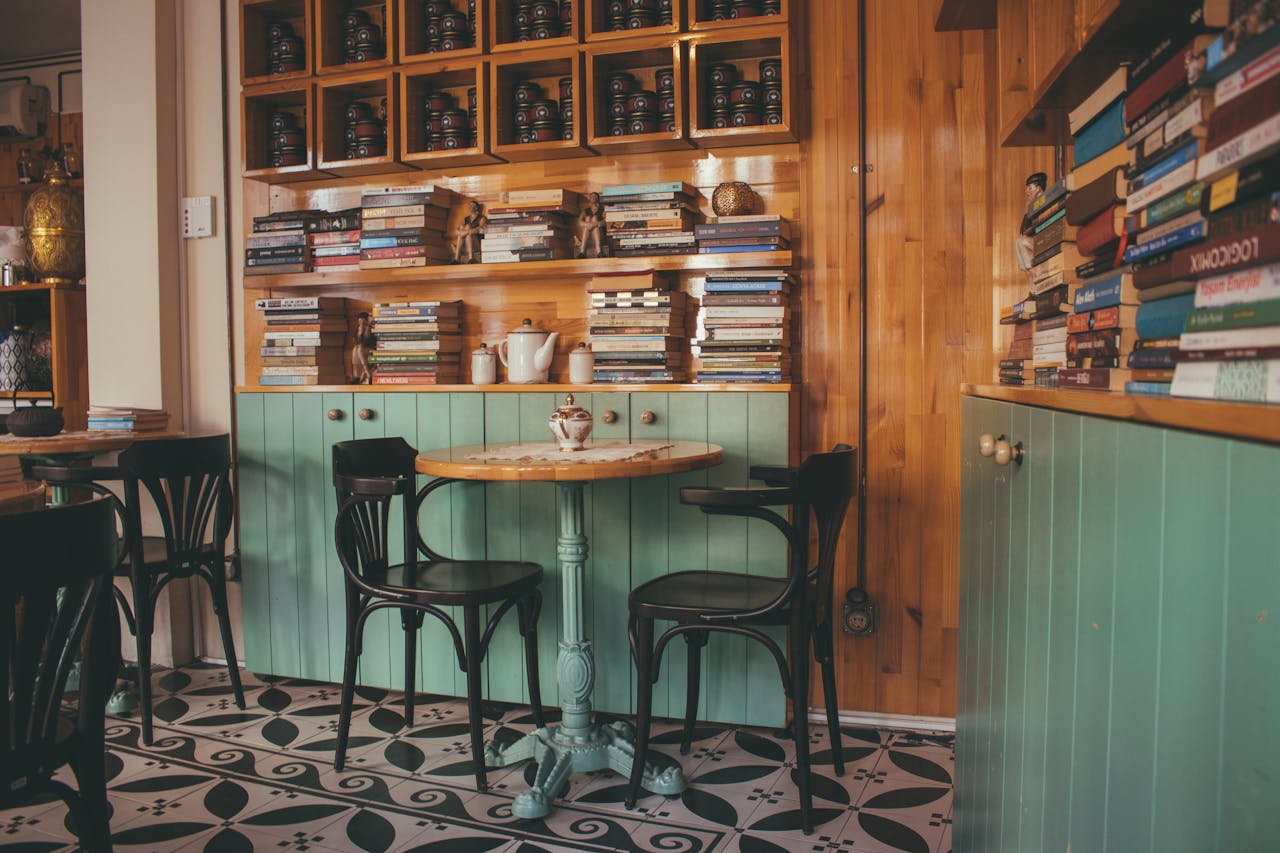
Every home benefits from one clearly defined restoration nook. It might be a single chair with a good lamp, a small table, a blanket, and a view toward light instead of clutter. No laundry piles, no devices shouting for attention, just a corner reserved for reading, journaling, or quiet thinking. Using it at roughly the same time each day trains the body to associate that spot with slowing down and feeling safe. Over weeks, that modest setup works harder for stress relief than any ornate feature wall.
Visual Calm And Thoughtful Clutter Control
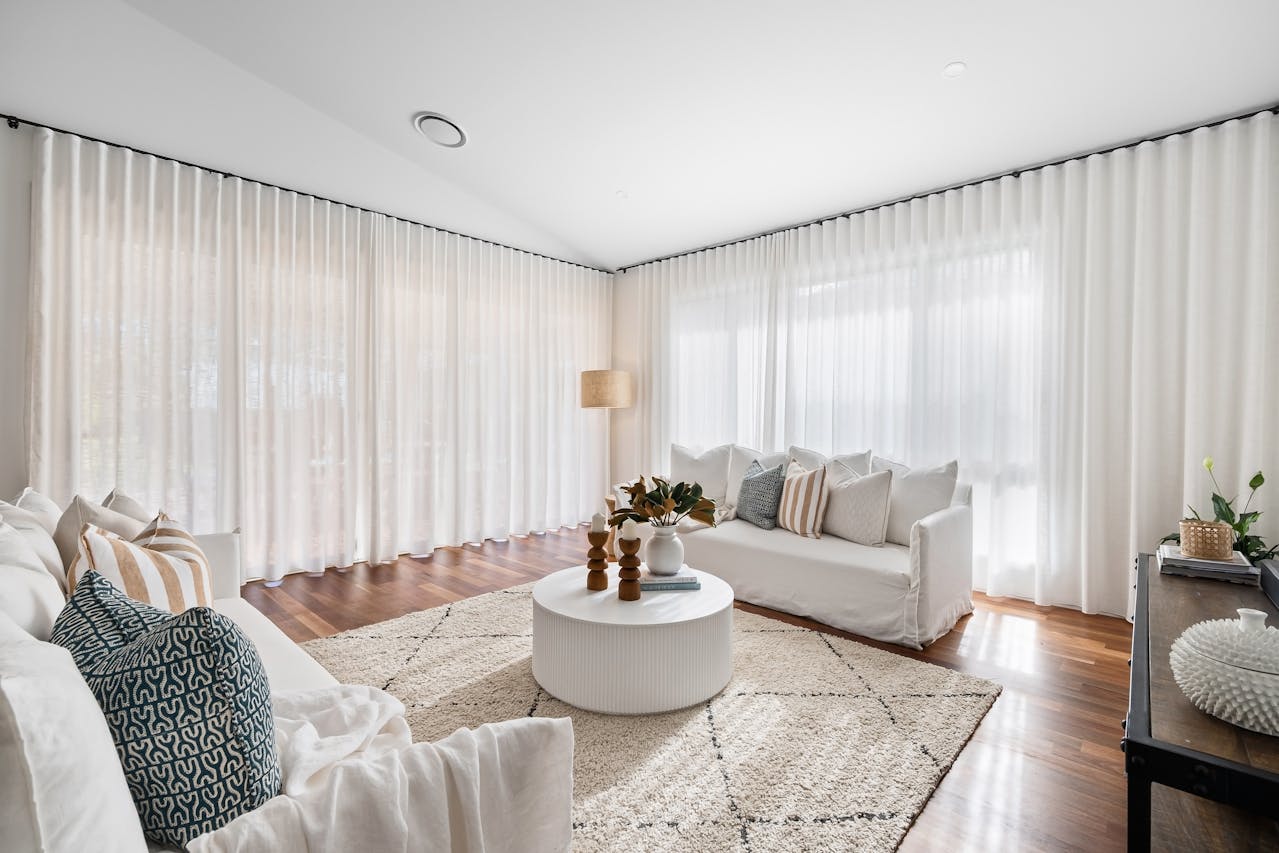
Visual noise drains energy even when no one mentions it. Closed cabinets, simple trays, and a restrained palette help surfaces read as calm instead of chaotic. Giving keys, mail, remotes, and cords clear homes turns nightly cleanup into a five minute reset rather than a nagging burden. With fewer objects competing for attention, the mind can track conversations, rest, or play without constant low-level distraction. The space starts to feel intentional, not accidental, which quietly lowers stress for everyone inside.
